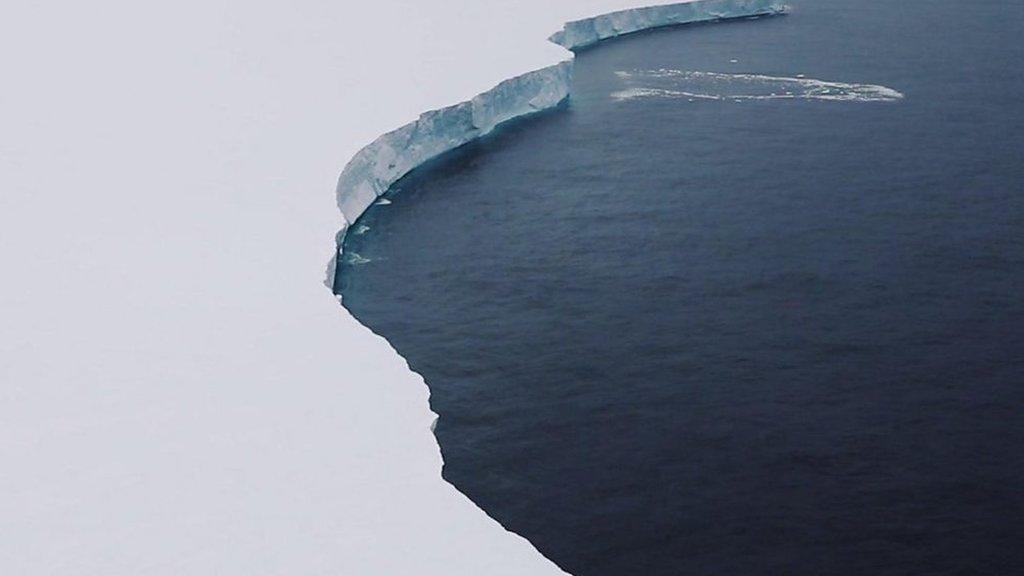Penguin Awareness Day: How can we protect penguins?
- Published
- comments
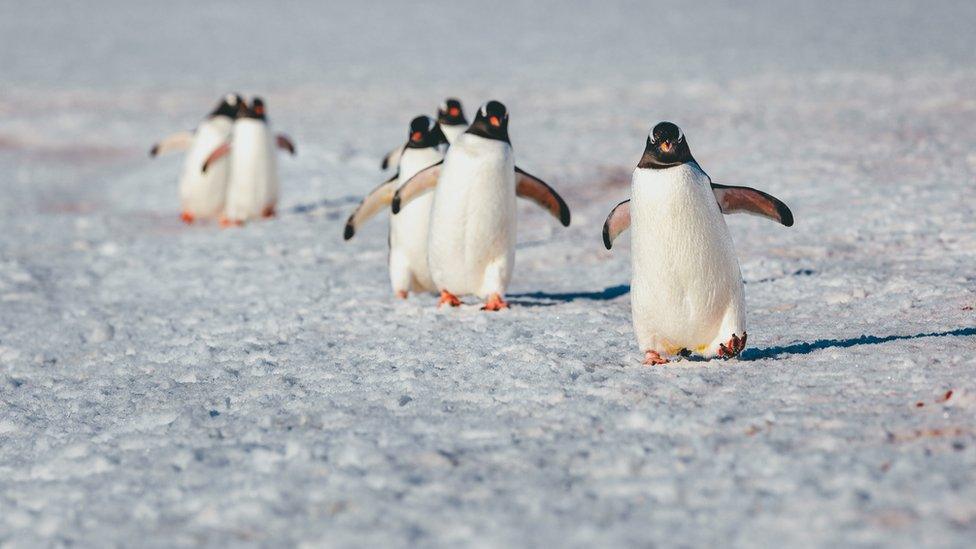
National Penguin Day: How are researchers attempting to protect foraging grounds?
New research published on Penguin Awareness Day says that a network of marine protected areas could help safeguard Antarctic penguins.
According to the study from Birdlife International, protected the areas could see an increase in higher quality areas for different types of penguin species, which could offer protection from human threats such as pollution, climate change and overfishing.
Lead Author Dr Jonathan Handley said there was a "likely threat for several penguin colonies, especially when they are rearing chicks".
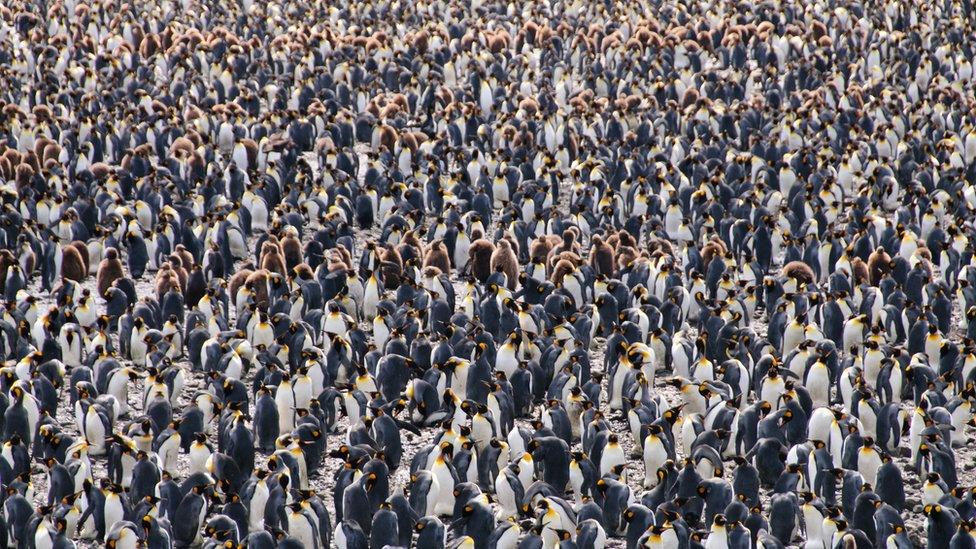
Spot Pingu: The surrounding areas of the Antarctic are breeding and foraging grounds for different species of penguins
Why are Antarctic penguins at risk?
The southern ocean that surrounds the Antarctic is home to 4 different penguin species: Adelie, Chinstrap, Gentoo and Emperor.
Many of these penguins feed on krill - tiny shrimp-like crustaceans. Large commercial fisheries use these same areas to catch krill for products such as fish food.
These areas are used by breeding colonies as foraging grounds where penguins congregate to raise their chicks.
The study has found that there is a disproportionate amount of krill being harvested by fisheries, which could be directly competing with penguin foraging grounds.

Krill are a huge food source for the penguins and they are in competition with commercial fisheries
What can be done to protect the penguins?
Researchers have proposed several 'marine protected areas' which would safeguard these important areas for the penguins.
The study claims that if all the proposed marine protected areas were adopted, then conservation of high-quality areas would increase by 49% and 100%, the difference depending on the species.
Dr Aldina Franco, co-author of UEA's school of environmental sciences, said "the proposed Marine Protected Area network, which has recognised go/no go areas for krill fisheries, can help guarantee that enough krill is available for penguins."
There has been a network of marine protected areas surrounding Antarctica since 2002, however only 2 areas have been implemented.
- Published14 January 2021
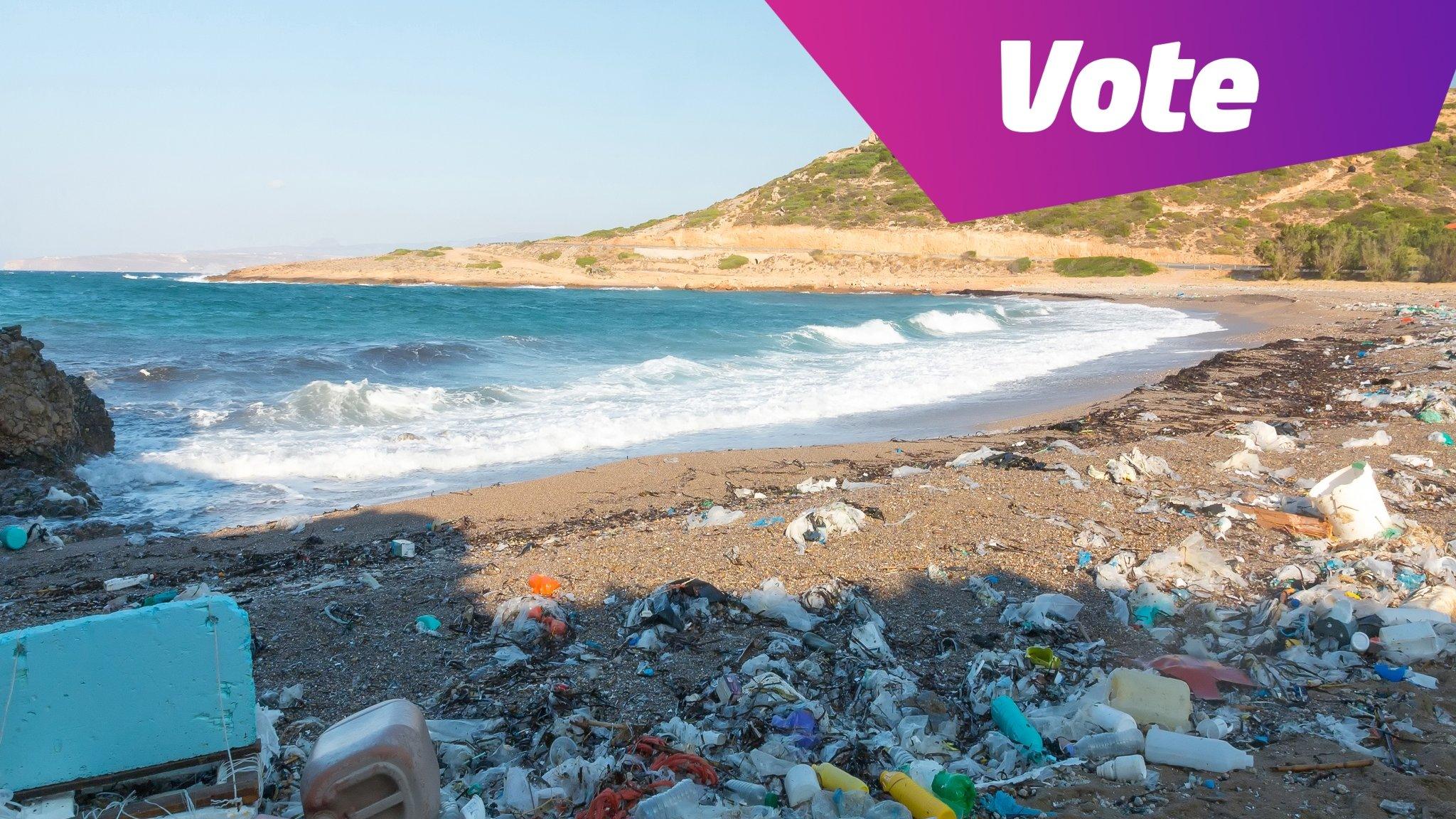
- Published14 March 2019
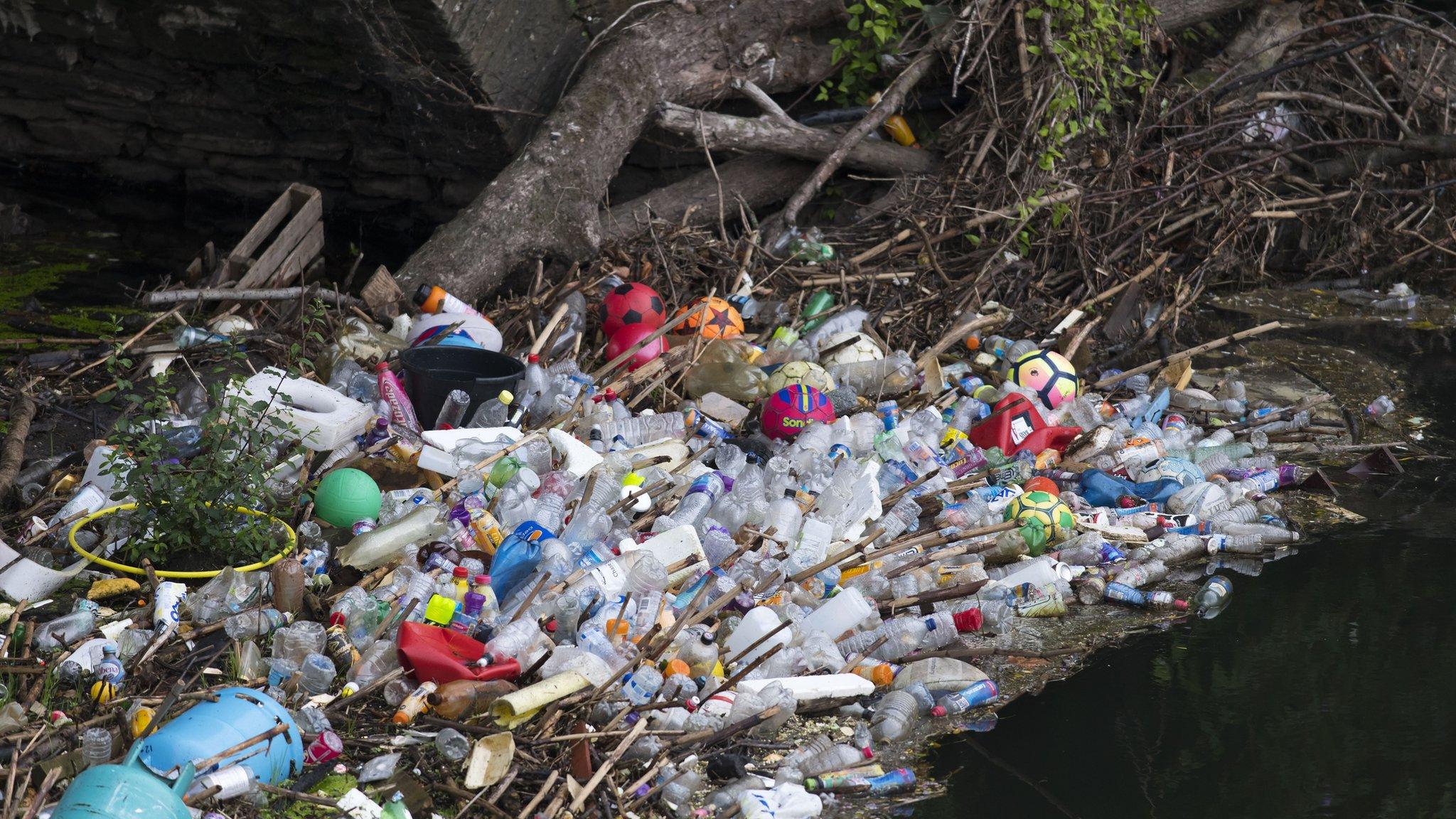
- Published15 December 2020
